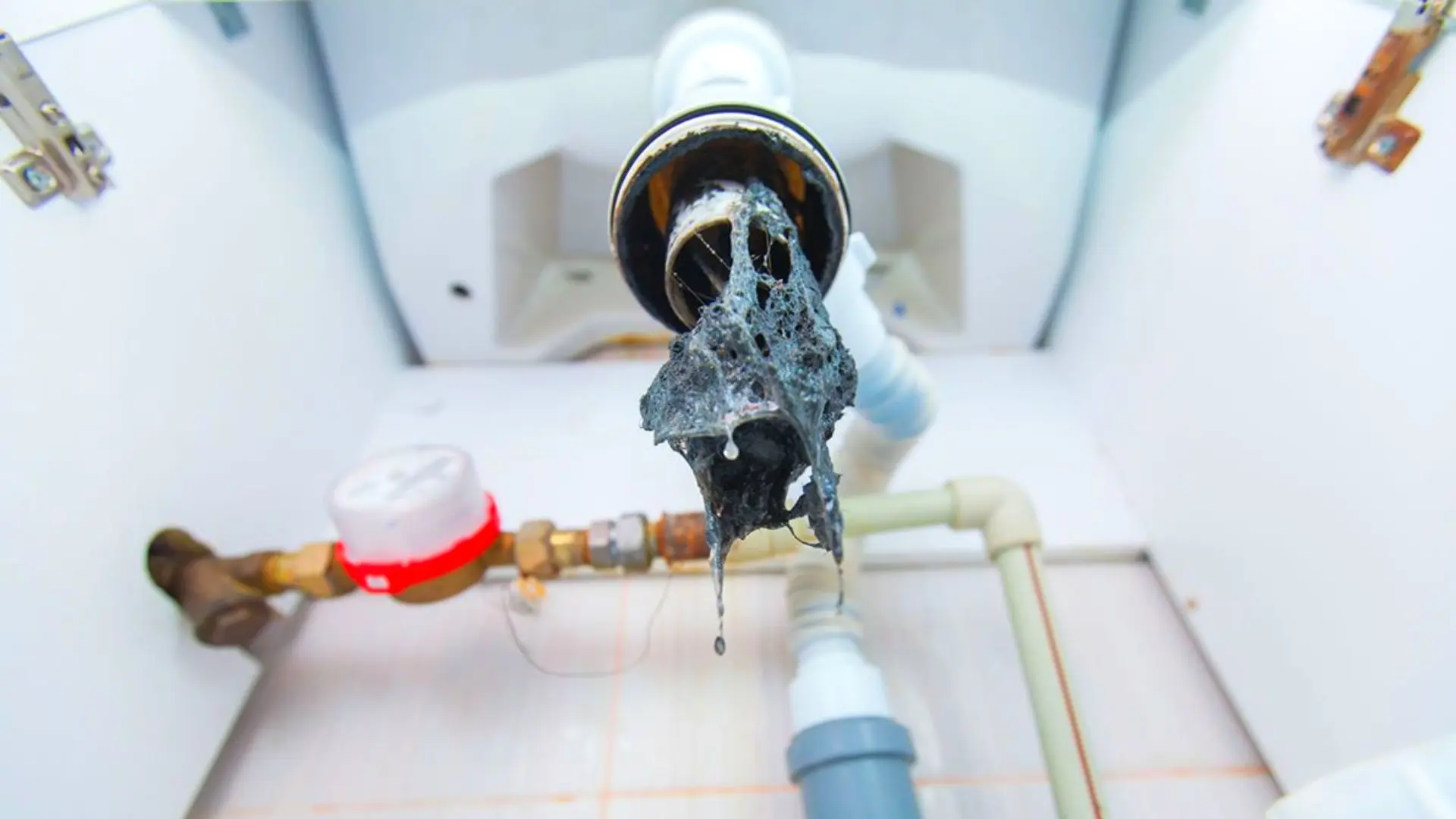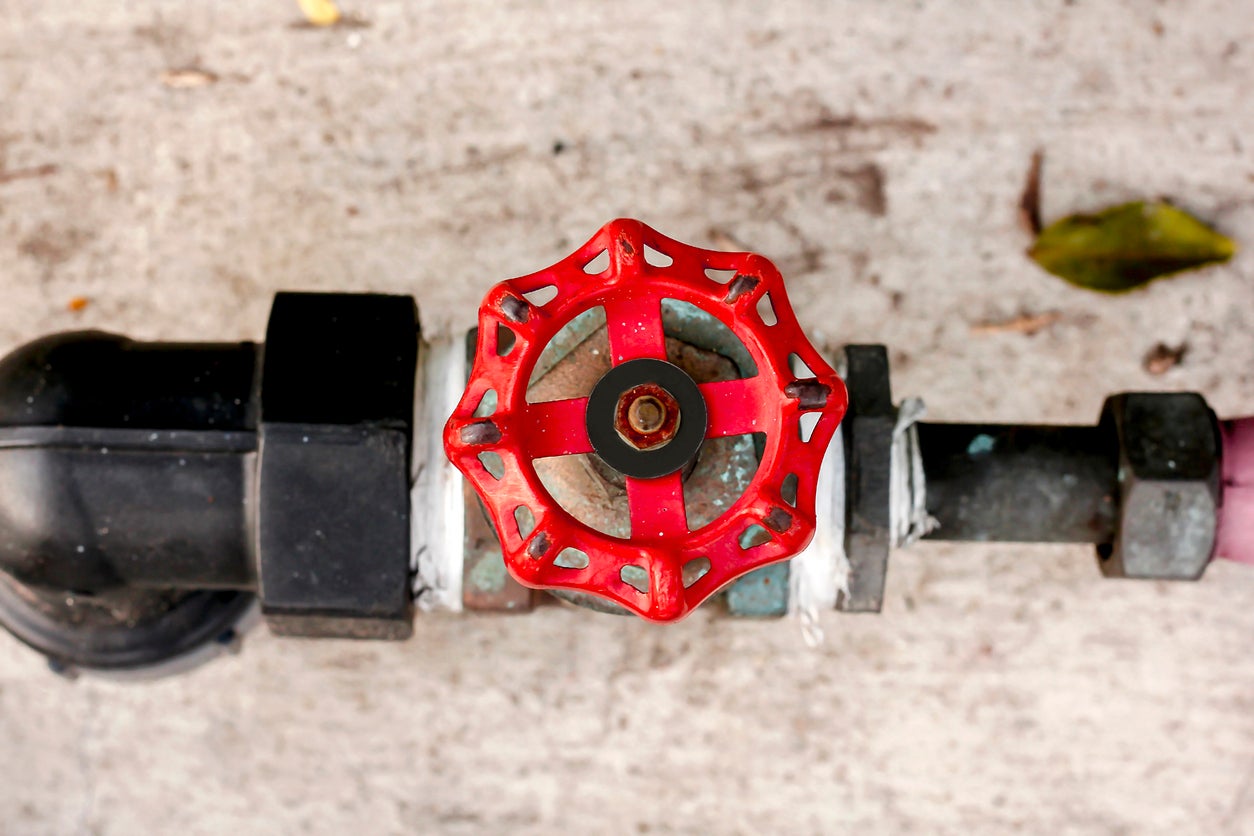Step-by-Step Steps for Resolving Low Water Pressure in Your Home
Step-by-Step Steps for Resolving Low Water Pressure in Your Home
Blog Article
What're your ideas with regards to 9 Reasons for Low Water Pressure in Your House?

Low water stress in your house can be an aggravating trouble, influencing every little thing from bathing to cleaning dishes. If you're experiencing weak water circulation, there are numerous possible causes and solutions to discover. In this overview, we'll discuss usual reasons for low tide stress and functional steps to resolve the issue properly.
Intro to Low Tide Pressure
Low tide stress takes place when the flow of water from your taps, showers, and various other components is weaker than usual. This can make day-to-day tasks much more challenging and much less reliable. Recognizing the reasons for low water pressure is vital to finding the ideal solution.
Usual Sources Of Low Tide Pressure
Faulty Stress Regulatory Authorities
Stress regulatory authorities are responsible for preserving constant water pressure in your house. If they malfunction, it can result in low tide stress or irregular flow throughout your home.
Municipal Water Issues
Sometimes, the trouble lies outside your home. Local water issues, such as main line leaks or maintenance work, can briefly minimize water stress in your area.
Pipe Obstructions
Gradually, pipes can become blocked with natural resource, sediment, or debris, restricting the flow of water. This is a typical issue in older homes with galvanized steel pipes.
Deterioration
Corrosion within pipes can result in leaks and minimized water pressure. Rust build-up can tighten water circulation, particularly in aging plumbing systems.
How to Diagnose Low Tide Pressure
Inspecting Pipes
Evaluate noticeable pipes for indicators of leakages, rust, or blockages. Take note of any kind of unusual audios, such as knocking or rattling pipes, which can suggest problems within the plumbing system.
Consulting with a Plumber
If you're not able to determine the reason for low water stress, take into consideration working with a specialist plumber to perform a thorough examination. They can determine underlying concerns and recommend appropriate remedies.
Checking Taps and Fixtures
Begin by checking the water pressure at different faucets and components throughout your home. If the issue is separated to certain areas, it might suggest localized problems.
Do It Yourself Solutions to Deal With Low Tide Pressure
Flushing Water Heater
Debris buildup in the water heater can limit circulation and lower efficiency. Flushing the container regularly helps eliminate debris and preserve ideal performance.
Examining Pressure Regulator
Make sure that the pressure regulatory authority is working appropriately. Readjusting or changing the regulatory authority can aid recover correct water stress throughout your home.
Cleaning Aerators and Showerheads
Mineral deposits can build up in aerators and showerheads, reducing water circulation. Get rid of and clean up these elements routinely to improve water stress.
Clearing Up Clogs in Water Lines
For minor obstructions, try making use of a plumbing snake or chemical drainpipe cleaner to clear blockages in pipes. Be cautious when utilizing chemicals and follow security standards.
When to Call a Professional Plumber
If DIY efforts fall short to settle the issue or if you believe significant plumbing problems, it's finest to seek support from a licensed plumber. They have the knowledge and tools to deal with complicated issues safely and properly.
Preventive Measures to Keep Water Stress
Mounting a Stress Booster
Consider mounting a pressure booster pump to improve water pressure in areas with continually low flow. This can be particularly useful for multi-story homes or homes with high-demand fixtures.
Surveillance Water Use
Be mindful of water use routines and avoid overtaxing the plumbing system. Straightforward changes, such as staggering showers and laundry loads, can help preserve appropriate water stress.
Normal Maintenance
Arrange routine maintenance for your plumbing system to avoid problems such as rust, leaks, and clogs. Resolving minor problems early can aid prevent even more substantial repair services later.
Final thought
Taking care of low water pressure can be frustrating, but recognizing the underlying causes and applying proper solutions can bring back optimum flow throughout your home. Whether it's cleaning aerators, evaluating pipelines, or seeking advice from a plumber, taking positive steps can make sure a steady supply of water for your daily needs.
9 Solutions to Low Water Pressure
If you have ever struggled to rinse the shampoo out of your hair, washed your hands under a trickle of water, or been forced to wait for your washing machine to complete a cycle, then you have experienced the nuisance of low water pressure. Low water pressure can turn a simple task into a hassle, but once you identify the cause, either the necessary plumbing fix or a water booster pump can drastically improve your water pressure. In this article, you can learn about nine common causes of low water pressure and how to resolve low water pressure in your home.
How do you know if you have low water pressure?
Testing your home’s water with a pressure gauge is the easiest way to find out if you have low water pressure. Pressure gauges are simple and inexpensive, and once installed, will allow you to check your water pressure with a quick glance.
If your water is from a municipal water supply, select an outdoor faucet near where the main water line enters your home. If your water is from a well, select a faucet that is close to the well’s pressure tank. Attach the pressure gauge to the faucet and tighten it. To get an accurate reading, make sure water isn’t being used anywhere else inside or outside the house, and then fully turn the faucet on. Once the faucet is on, you can read the water pressure on the gauge’s dial. Typical home water pressure should be between 40 and 50 psi, so if the dial reads less than 40 psi, you have low water pressure.
Do water booster pumps increase water pressure?
A water booster pump is a centrifugal pump that improves low water pressure and increases water flow. Much like how a fan’s blades create a gust of air, a water booster pump’s rotating impeller draws water in and then pushes it out with increased force. This force raises the water pressure in a system. A water booster pump is installed where the main water line enters your home, so water pressure is improved in every tap and appliance.
What causes low water pressure?
1. Hard water
If you have hard water, scale can accumulate in your pipes, restrict the water flow, and reduce your water pressure. Hard water has a high mineral content, specifically calcium and magnesium, and scale is formed when these mineral salts dissolve.
The solution: When scale buildup is severe enough to restrict water flow and reduce water pressure, the best solution is to replace your pipes. Products like CLR Calcium, Lime, and Rust remover can diminish scale, but as the scale comes off it may clog your pipes, creating another costly plumbing problem. Not to mention, it is never a good idea to put harsh chemicals in the pipes that supply your drinking water. To prevent scale in the future, we recommend installing a water softener.
The main water shut off valve is not open.
If your water pressure has suddenly decreased and you recently had a repair done, make sure the main water shut off valve is fully open. Most plumbing repairs require the water to be shut off, but if the valve is not completely opened afterward, your water pressure will be restricted.
The solution: Locate your main shut off valve, which is installed where the main water line enters your home, and fully open it by turning it counterclockwise.
A municipal water problem
Low water pressure may not have to do with your own plumbing system. Just like your home’s water supply, the municipal water supply is subject to problems that can cause low water pressure, such as leaks and corrosion.
The solution: Call the municipal water supply to report your low water pressure. Your input may alert them to the problem and will ensure your water pressure is restored as quickly as possible.
Faulty pressure regulator
A pressure regulator is a valve that reduces incoming water pressure as water flows into your home from the main service line. High water pressure can damage pipes and plumbing fixtures, so a pressure regulator is installed to protect your home plumbing system. Most are set to 50 pounds per square inch (psi), but if yours is set lower, your water pressure will feel low. If your pressure regulator is set to 50 psi but your pressure still feels low, it may be broken or clogged.
The solution: Adjust your pressure regulator’s setting to 50 psi if it is currently set lower. If your pressure regulator is faulty, ask a plumber to replace it.
A leak
A leak can reduce water flow and water pressure. To determine if you have a leak, turn all the faucets off inside and outside of your home. About an hour later, check your water meter. If it indicates you are using water, you have a leak.
The solution: Enlist the help of a licensed plumber to locate and repair the leak. Once the repairs are complete, your water pressure should return to normal.
https://www.freshwatersystems.com/blogs/blog/what-causes-low-water-pressure-and-how-to-improve-it

As a keen person who reads about 4 Ways to Troubleshoot Low Water Pressure, I assumed sharing that section was really useful. Sharing is nice. Helping others is fun. Thank you for going through it.
Click Here Report this page